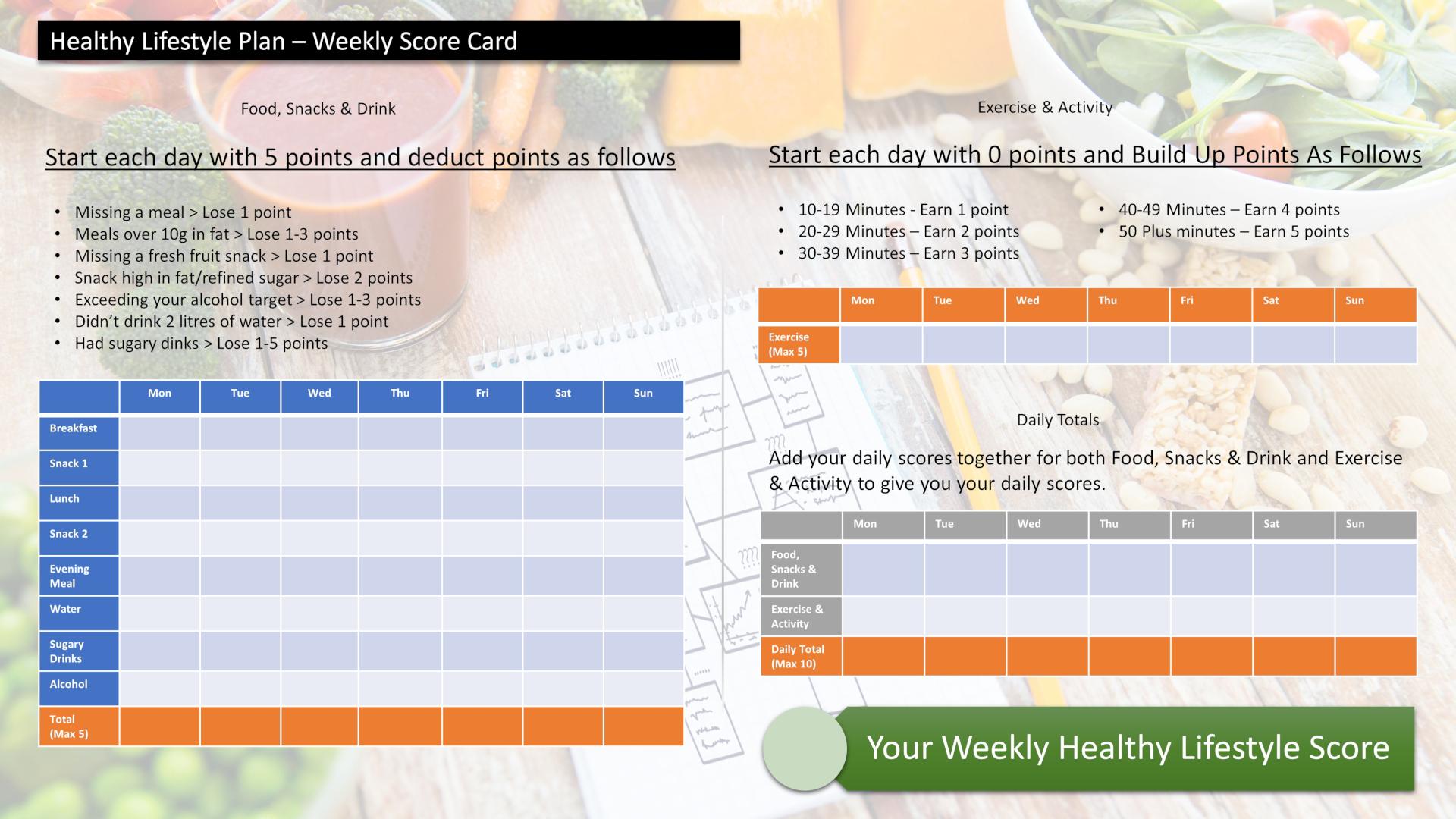Do you have disturbing, stressful thoughts that constantly circulate in your head, upsetting your peace of mind, keeping you tossing and turning at night and distracted throughout the day?
‘A problem well stated is a problem half solved’ ~ John Dewey
There is sometimes no avoiding difficult and stressful times. Problems can come from many directions: from home; at work; with partners, children, friends, work colleagues; with finances; with health or in many number of areas in your life. I suppose an easy answer is to ignore the problem, and hope it goes away. I’m sure you’ve tried this on occasion. Did the problem just evaporate, go away nicely? I bet not. It just doesn’t, does it? Burying problems under the carpet really doesn’t work. In fact, more often than not, the problem just gets bigger, and more difficult to resolve than it would have when it first materialised.
So now let me introduce you to The Problem Solving Stress Management Technique. This is a powerful tool to add to your stress management toolbox. To alleviate a stressful situation you must identify the issues causing it (the problem), and then look for solutions, options and ways forward, to create strategies to solve this problem. Let this method help myou find your way out of the maze that life can sometimes put you in!
1. Identification of the Problem
The first step is to identify a problem. Don’t dwell on the emotional reactions produced by the situation, simply use these reactions as clues to tell you more about this particular problem.
What is the cause of your stress? What issues are you most stressed about? One of the first things for you to do when starting to introduce stress management tools to your life, is to look clearly at everything you’re dealing with and identify the problems you face (your stressors) and getting to the bottom of all these issues, because only then will you be properly prepared to tackle the challenges that lie ahead, then create strategies and implement solutions.
So you know you’re stressed. You can just feel things aren’t right with you. You know you’re over reacting to certain situations. But you can’t put your finger on what is the problem. You ask yourself the question what is it in your life right now, that’s bringing you stress. Well you need to ascertain what is bringing stress to your life. A great way for you to determine this is to ask yourself some questions. The quality of the questions you ask is vital, because the answers you get depend on how you ask the questions.
Here are some questions to ask yourself:
- What’s the cause of my stress?
- What exactly is the problem?
- Is the problem really that big? Would others think so?
- Am I using this problem to avoid dealing with a much bigger one?
- Is there any part of the problem over which I have control?
You have to:
- Identify the obstacles you face and the lessons you need to learn.
- Incorporate good time management skills to keep you on track and on time.
- Think about what you see. Picture the life you want to live. Determine what you need to change to enable you to get closer to your goals.
- What are the things in your life right now that you would like to change?
- You need to take this opportunity to examine everything in your life that you feel stressed out about. Put them on paper. At this time, don’t try to work out how to handle them, and don’t let yourself get upset about them, just distance yourself from them.
As you identify something, write it down but don’t think about it in detail.
Here is what to do:
You’re going to make a personal inventory and list everything that’s causing you stress. List the stresses from which you are suffering. Write them all down. Here are some more questions, to get your mind focused on your problems. It sounds a strange thing to get you to do, but unless you can identify them as they really are, how can you solve them?
- Are you feeling run down, totally exhausted all the time?
- Are you feeling disenchanted with your life as it is?
- Do you feel on edge, ready to explode, letting silly things really get to you?
- Do you have any power to change these things?
- Is there an important imminent event that is making you stressed?
- Are you having relationship problems with other people?
- Are you weighed down with a massive workload?
- Is your main stressor coming from your home life?
- Are you leading an unhealthy lifestyle, e.g bad diet, lack of exercise?
- Are you getting enough sleep?
- Is your mind full of negative thoughts?
Spend some time here, go back through these questions, and identify the problems that exist in your life. Those which are causing you distress! So step one is to identify the problems that are bringing you stress.
2. Clarify the Problem
Now you need to collect and analyse everything you know about your life as it is. No longer must you run away from your problems. It’s time to face them. Which one or two things are the real problems in your life, bringing you the most stress, that you now need to focus on? Come on, dig deep. What are the real issues that you need to sort? Clarifying and understanding the problem accurately will determine the nature of the solutions required and the best course of action to take.
Is it your job, your marriage, your kids, your health, your finances that is causing you the most stress? Once you know the main area, then you have to delve deeper. What is it about this situation are you finding so hard to handle? Sometimes we have to make brave decisions. Only once you truly know what the problem is can you consider potential solutions. You must discover the root causes underlying the problems.
You need to determine how severe a problem it really is. Is it putting you under constant pressure, so that there’s never a moment when you’re not thinking about it; or is it only affecting you sometimes, intermittently?
How can you possibly sort anything out, until you really know what it is? They say you can’t fix what isn’t broken. Well, you certainly can’t fix what you don’t know is broken. By really looking at those things in your life that are causing you problems, and really breaking them down, clearly describing them to yourself, the better chance you have of dealing with them. So be specific, really analyse your problems. What is it? When does it happen? Where does it occur? How does it come about?
Ask yourself these questions:
- What is happening with this?
- What isn’t happening with this?
- Will this problem eventually resolve itself?
- Is this problem important enough for you to commit time to solving it?
- What would make the problem go away?
- What are my feelings about this situation?
- When does this happen?
- What do you need to help you solve this problem?
- What do you want to happen?
- What do you not want to happen?
- What are you attempting to do to solve the main problem that is causing you stress, or have you lost sight of the real stressor?
- Is the problem having serious effects?
- Is the problem growing?
- Are the obstacles growing?
- Is there a deadline?
3. Create/ Generate Ideas.
Now that you have a well-defined problem it’s time to start thinking about solutions. Brainstorm like crazy. Think of all the possible solutions by which you could solve the problem. This is the brainstorming stage where you will generate a variety of ideas. What is it you can do about this problem? What benefits will you gain by dealing with it? What will be the consequences if you do nothing?
Brainstorming helps develop highly creative solutions to a problem. It is particularly helpful when you need to break out of stale, established patterns of thinking, so that you can develop new ways of looking at things. It will enable you to find better solutions to the problems you face, and make better decisions.
Come up with ideas and thoughts that maybe seem at first to be a bit off the wall or mad. You can then change and refine them into ideas that are stunningly original, and that will work. During brainstorming sessions there should therefore be no criticism of ideas. You are just opening up possibilities. Judgments and analysis at this stage will stunt idea generation.
Write down all the solutions you can think of, actions you can take, in relation to the issues you have identified, consider everything that pops into your head – even ideas that initially seem silly.
You have to throw out ideas and see where they land. I first heard the term “throwing mud at the wall to see what sticks” from a friend many years back. So by generating lots of ideas, some of it will slide back down because it’s not the right solution, but some of your ideas are going to stick, and that means they’re worth following through.
If you want to take away some of the pressures you have in your life, doing this exercise will certainly achieve that.
4. Plan for Action
Now its time to create an action plan to address your problems. Create a clear action plan that will produce lasting positive results for the specific problems you’re dealing with. Working out all the action steps that you need to take so as to be able to implement your solution. You will create an action plan, where you simply list the specific steps to take and giving yourself a timetable to follow. Every great action begins with a single step. Your action planning will include all the personal actions that you can take. Break down every step you need to take in this plan before you can get moving.
An action plan is nothing more (or less) than carefully listing all the things that you need to do. It outlines your strategy for dealing with each of the listed areas. An Action plan will make what you are doing more intentional, and give you something to hold yourself accountable to.
Of all your creative ideas which make the most sense? Select the best strategies from your brainstorming list to solve the problems, and put them into your action plan.
You need to identify all the steps to deal with your stressors, and to create a list of action steps, so as to work towards them in order to ensure your impact is a positive one.
Of all your creative ideas — silly or serious — which make the most sense?
Ask yourself:
- What will likely happen if you choose this specific path?
- How will using this solution make you feel in the end?
- How will it make others feel?
- What are the possible positive and negative consequences?
- Will you be able to carry it out?
- Do you realistically think it will solve the problem?
By making a plan, and determining all the steps you need to take, you are giving yourself the best chance of succeeding in resolving your problem.
So when you put your plan together, list:
- All the actions you need to take
- Timetable these actions
- List all the resources you will require
- Decide whether anybody else needs to be involved
- Manage this timetable ensuring that you follow it
- Monitor the success of each step
- Change the plan where necessary
- After narrowing down your options pick the best ones and believe in them.
5. Implement.
Now execute the plan. Implementing the plan will take effort and commitment to keep everything on track. This is the time when you are most at risk of getting distracted. Don’t let your action plan join the list of good intentions. Believe in yourself, be brave and try your solutions out.
You might encounter obstacles along the way. That’s normal. Remember, with strength and perseverance you can succeed. You have to work to achieve your goals and initiate positive change in your life.
6. Evaluate.
This is the final step in your problem solving procedure. You have to have a method of monitoring the results, determining whether the action plan resolves the problem or shows you when the action plan needs improvement.
Whatever you are trying to do in life, when you are putting time and effort into doing something, it is important to pay attention to whether your actions are moving you in the desired direction or whether they’re moving you in the wrong direction. It’s important that you know whether you are on target at all times.
Even the best solution may require fine-tuning. Evaluate the outcome of the solutions you choose on a weekly basis. If some of your solutions have not worked try alternative ones. Keep doing this each week for 6-8 weeks and things should improve naturally. When you solve one problem, however small, this will give you the confidence to tackle bigger ones.
- Will you be less stressed in the end, or will the solution create new problems?
- What might go wrong? Can you correct this part of the plan?
- Do you have the proper resources and, more important, the nerve and will to carry out your plan?
- Is your solution appropriate for the problem at hand?
- Did your solution effectively solve the problem?
- Is it solved well?
- If not, what new plan might work?
‘It’s not that I’m so smart, it’s just that I stay with problems longer’ ~ Albert Einstein
Score Your Way To Good Health - With Our Healthy Lifestyle Plan
Score your way to good health with our healthy lifestyle plan and it's unique 70 point weekly scorecard!




Larry,
I need a snack : )
So much work is involved in moving forward.. You have given me and others a great resource guide here. I am printing it out so I can refer to it over and over again…..
xoxo
Jessica